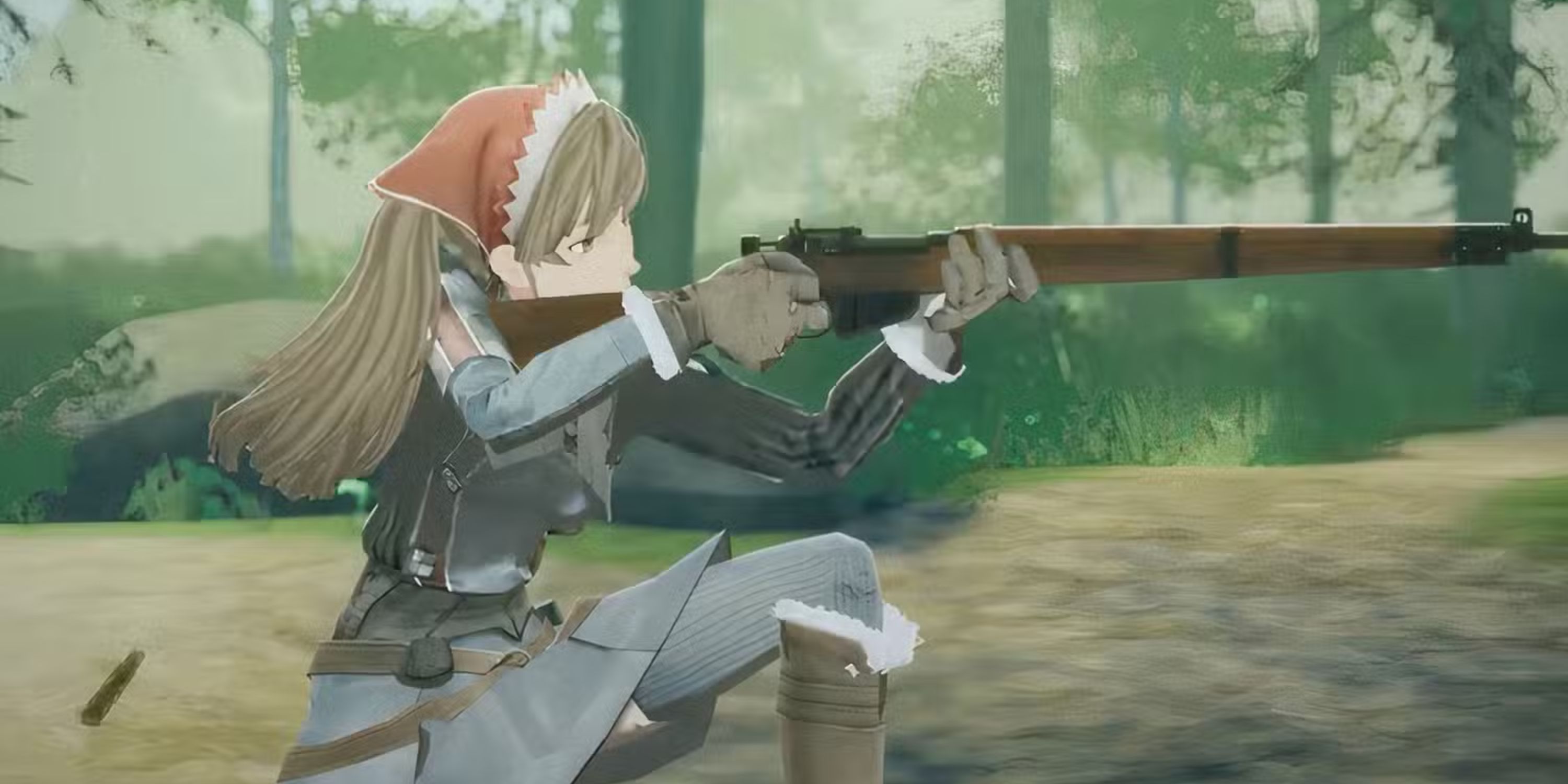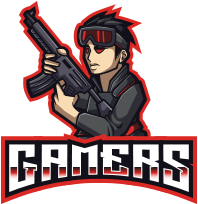
Summary
- Tactical RPGs can immerse players in intricate stories, demanding strategic plays beyond just grinding levels.
- Front Mission 3 stands out with branching storylines and detailed customization, setting it apart from flashier games.
- Fire Emblem: Three Houses combines school simulation with consequential decision-making, making each death personal.
There’s something deeply satisfying about a good tactical RPG. It’s not just about grinding out levels or unlocking gear; it’s about staring at a grid for ten minutes and trying to figure out if sacrificing a healer will save the archer.
The best tactical RPGs don’t just demand smart plays; they pull players into sprawling stories filled with betrayals, shifting alliances, and heartbreaks that hit harder than any critical blow can. These aren’t the kind of games players boot up for a quick fix. They are the ones that steal weekends, haunt one’s thoughts at work, and make people Google “how to save character from permanent death” at 3AM.
Front Mission 3
Wanzers Don’t Just Walk; They Scheme
There’s a reason Front Mission 3 is still talked about by tactical RPG fans who swear by PS1 classics. It’s not just the fact that the entire game revolves around piloting massive customizable mechs called Wanzers. It’s also how it blends military politics with intimate character arcs, giving weight to every turn-based showdown. The branching storylines alone set it apart, with two completely different campaigns depending on a single early-game choice, each filled with detailed dossiers, regional conflicts, and backdoor deals that feel eerily grounded.
Combat isn’t just about outgunning enemies. It’s about where to shoot; do players target a mech’s legs to limit movement or go for the body for a quick kill? Each Wanzer part can be swapped out, modified, and tailored, and the tactical layer extends beyond battles and into loadouts and logistics. For a series often overshadowed by flashier Square Enix names, Front Mission 3 quietly remains one of its smartest.
Valkyria Chronicles
When Anime Meets Artillery
Valkyria Chronicles makes war beautiful. Its watercolor sketchbook visuals are instantly recognizable, but behind the stylized art is a tactical system that combines real-time movement with turn-based decisions. Players control squads of Gallian soldiers as they battle an invading imperial army, but instead of grid-hopping, units are moved manually across terrain, aiming and firing like in a third-person shooter.
That hybrid system brings with it a unique tension. Moving too far exposes units to reaction fire, but hiding means letting enemy snipers line up their shots. And then there’s the permadeath. Lose a character in combat, and they’re gone forever, complete with a little tombstone in headquarters. It’s these small emotional stabs, paired with a surprisingly moving story about resistance, prejudice, and sacrifice, that turn Valkyria Chronicles into more than just a tactical RPG. It’s a war story players are responsible for shaping.
The Banner Saga Trilogy
Tough Choices Wrapped In Snow And Sorrow
From its Norse-inspired art style to its bleak, mournful soundtrack, The Banner Saga trilogy never lets players feel fully safe. It’s a tactical RPG where resource management and moral decisions matter just as much as formation and flanking. Players lead caravans of survivors across a dying world, trying to keep morale high, food stocked, and allies alive. But the hardest choices rarely come with clean outcomes. Sometimes, keeping one person alive means sacrificing dozens.
The turn-based combat is tight and strategic, but the real genius lies in how decisions made off the battlefield echo into combat. Choosing to shelter a stranger might give players a powerful fighter later, or it could result in an ambush that wipes out half the party. Across all three games, characters grow older, enemies evolve, and stories come full circle in ways that few RPGs attempt, let alone succeed at.
Disgaea 5: Alliance Of Vengeance
Where Numbers Go To Explode
Disgaea 5 doesn’t care about balance. It cares about chaos. This is a tactical RPG where stats go into the billions, characters can throw each other across maps, and exploding penguin minions are a legitimate strategy. But beneath all the absurdity is one of the most mechanically rich combat systems in the RPG genre, stuffed with systems that players can dig into for hundreds of hours.
From character stacking, combo chains, and geopanels to a bizarrely deep item world where every weapon is its own procedurally generated dungeon, all of this adds layers upon layers of tactical freedom. And while the story leans hard into anime parody, with a demon overlord cast seeking revenge against an empire, it finds moments of sincerity in between the punchlines. Not every game lets players ride a giant cat into battle while calculating XP multipliers, but Disgaea 5 makes that sound perfectly reasonable.
Triangle Strategy
One Map And Many Morally Gray Paths
There’s nothing flashy about Triangle Strategy on the surface. Its name is clinical, and its retro-HD visuals echo Octopath Traveler, but once players get into its multi-branching narrative, things get messy (in a good way). The world is caught in a three-way political standoff, and every major story decision is voted on by party members using the in-game “Scales of Conviction” system. Players can try to persuade them, but ultimately, their allies may vote against them.
That adds real stakes to decisions. Sending an army into hostile territory might gain a temporary advantage, but it could also cost a character’s trust. And once battle starts, positioning becomes everything. Height advantages, terrain effects, elemental combos—each map feels like a puzzle with multiple answers, depending on how players built their squad. Triangle Strategy is thoughtful, intricate, and unafraid to make players uncomfortable with the outcomes of their choices.
Tactics Ogre: Let Us Cling Together
The One That Got Reborn And Did It Right
Before Final Fantasy Tactics, there was Tactics Ogre, and when the PSP remake of Let Us Cling Together launched, it reminded everyone just how far ahead of its time the original really was. The political drama is as layered as it gets, boasting multiple branching paths that hinge on decisions like whether to slaughter innocents for tactical gain or risk open rebellion, and the writing doesn’t shy away from the weight of those choices.
Combat leans heavily on positioning, elevation, and class synergy, and the unit customization is surprisingly flexible. But the real draw is the “World Tarot” system, which lets players rewind to key decision points and explore alternate storylines without starting over. It turns a single playthrough into a living narrative sandbox, something few tactical RPGs even attempt. Even now, most modern SRPGs are still chasing what Tactics Ogre pulled off decades ago.
Fire Emblem: Three Houses
Every House Has Its Secrets
At first glance, Fire Emblem: Three Houses looks like a school simulator disguised as a tactical RPG. Players teach classes, hand out tea, and train students in swordplay. But once the calendar ticks forward and the war begins, the classroom antics fade, and the consequences come crashing in. Every unit was once a student, every death is personal, and every decision made during those peaceful months reshapes the battlefield in the back half.
What makes it so gripping is how replayable it is. Choosing a different house reveals not just new units, but entirely different perspectives on the same events. And under all that narrative depth is rock-solid tactical combat, full of weapon triangles, terrain bonuses, and permadeath tension. Even the supports between characters feed into combat, rewarding time spent building bonds with game-changing bonuses in tough fights.
Final Fantasy Tactics
The King Still Sits On The Grid
There are few tactical RPGs more beloved than Final Fantasy Tactics. Its isometric grid battles, sprawling class system, and brutal difficulty curve helped define an entire generation of strategy games, but it’s the storytelling that pushed it into legendary status. Set in the kingdom of Ivalice, the game follows Ramza Beoulve through a tale of betrayal, heresy, and civil war, where history itself is being rewritten by those in power.
Mechanically, it’s unmatched. Players can build squads with job combinations that feel handcrafted. A ninja white mage? Sure. A monk arithmetician? Go wild. Every battle forces players to think several turns ahead, and every spell has a charge time, meaning that one bad prediction can cost a unit. Even decades later, Final Fantasy Tactics still feels sharper than most modern entries. It didn’t just influence tactical RPGs; it helped define them.
#Tactical #RPGs

